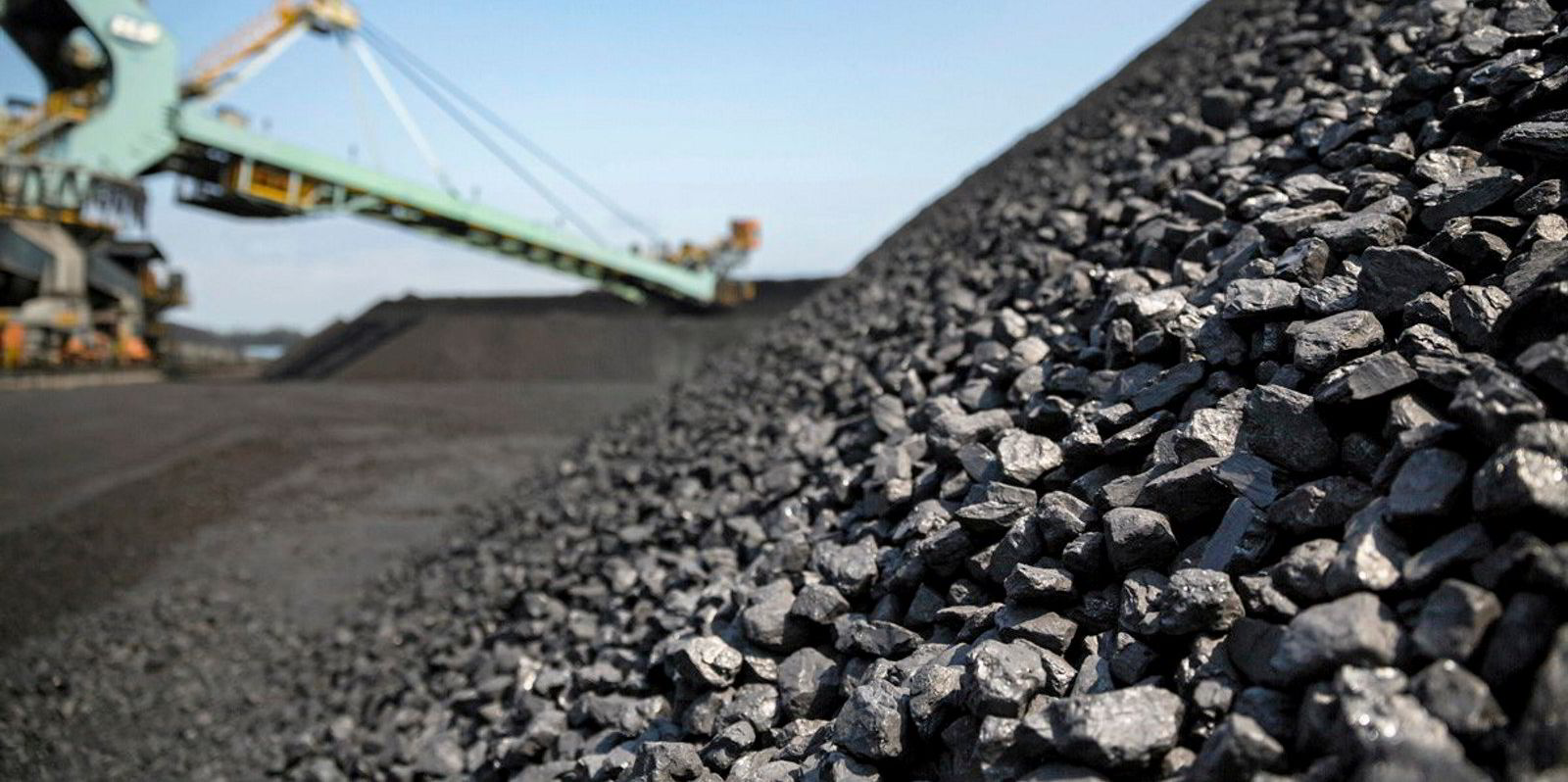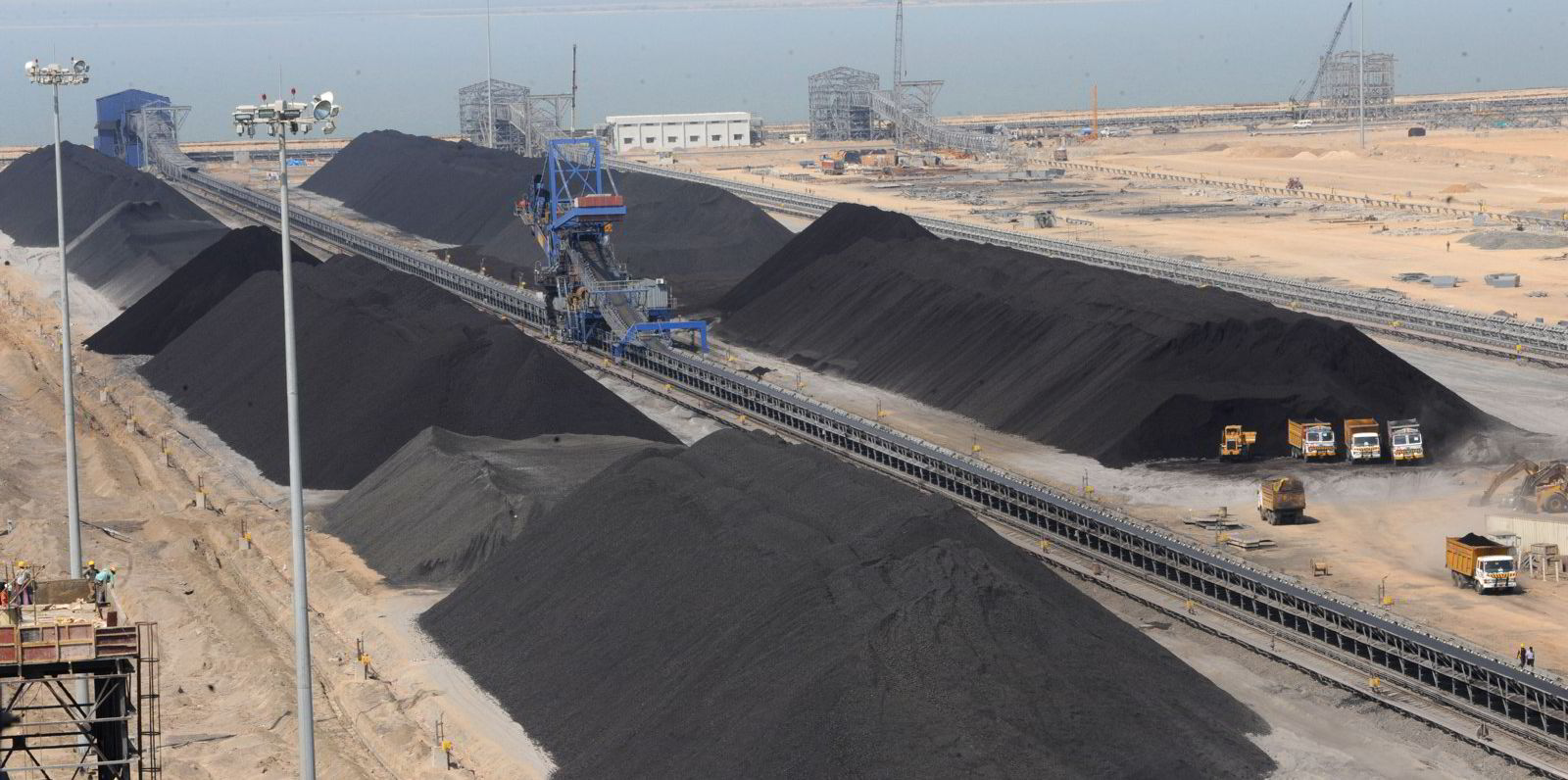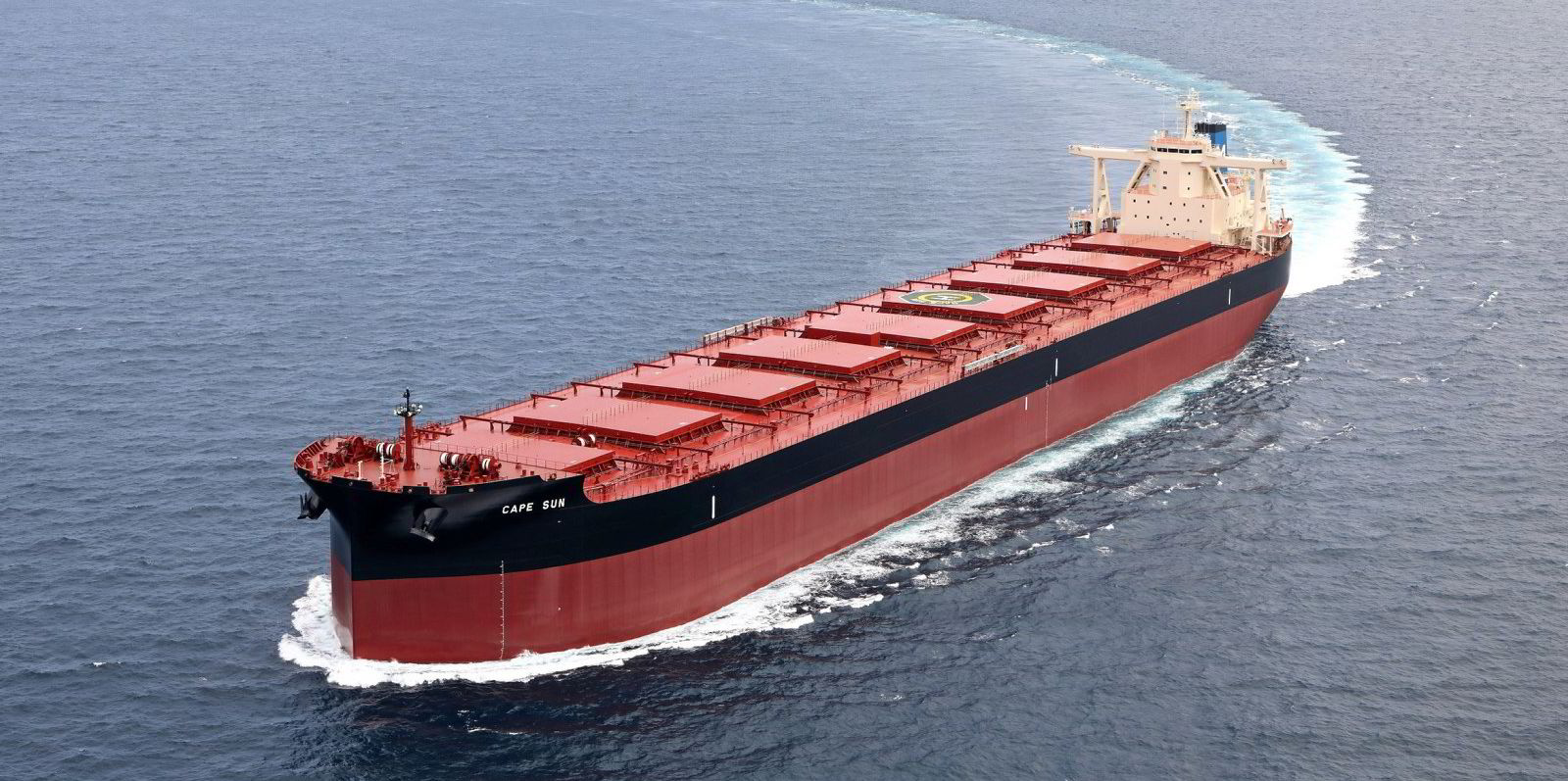The capesize bulker market should start falling at a slower pace and then bottom out in two weeks as India looks to replenish a dwindling domestic coal supply, an analyst said.
Average spot rates across five key routes have slipped 9.6% over the past two days to less than $16,800 per day on Tuesday after plummeting 37% in a week from about $29,500 per day on 20 October, according to the Baltic Exchange’s Capesize 5TC index.
“If we look at the capesize-to-subcapes ratio, from a technical standpoint, we are ‘past halfway down the mountain’, with probably at least another two weeks of declines before stabilisation could be found,” BRS Shipbrokers analyst Wilson Wirawan told TradeWinds.
“There’s the likelihood that subsequent decline could also be a moderate pace than previous weeks, provided we could obtain some capesize coal support from India in the remaining balance of 2023.”
The exchange’s fixture data did not show any capesize voyages for coal on Tuesday, but it did reveal that the vessels were getting hired at lower and higher rates on Friday to move iron ore from Western Australia to Qingdao, China.
On Tuesday, mining giants Rio Tinto and BHP each hired an unnamed capesizes at $8.45 per tonne to move 170,000 tonnes of iron ore each across the Pacific basin from Australia’s largest state to the Chinese port.
On Friday, BHP fixed an unnamed capesize to send 185,000 tonnes of ore at $8.20 per tonne from Western Australia’s Port Hedland to Qingdao but Rio Tinto fixed another vessel at a higher $8.60 per tonne for a 170,000-tonne cargo on the route.
All four ships are set to be loaded from 12 to 17 November.
Wirawan said India may start importing coal on larger capesizes instead of smaller geared bulkers such as supramaxes because the country has extended coal plant operations by eight months to make up for higher consumption and low domestic supply as a result of lower coal imports.
India’s year-to-date imports of Indonesian coal had dropped to 22m tonnes from 40m tonnes during the same period last year, while imports from Australia fell to 11.7m tonnes from 14.5m tonnes, according to BRS.
“Typically, India’s power demand hit its peaks during the calendar May month, however unusually dry weather — India’s monsoon rainfall this year was its lowest since 2018 due to the El Nino — and improvement in economic activity has supported consumption for the past couple of months,” Wirawan said.
“To quickly secure and replenish the coal inventories in record time, then the utilisation of capesize shipments over geared shipments will be imperative.”
It is uncertain as to precisely when India, which has a coal deficiency due lower demand during a well-stocked first nine months of 2023, will start bringing in coal on capesizes, but doing so will certainly boost spot rates when it does, he said.
“We will need to monitor that,”the analyst said.
The capesize market should bottom out in mid-November, but India’s coal demand may not be the factor that stabilises the market at that time, said John Kartsonas, founder of Breakwave Advisors, an asset management firm that runs an ETF-traded fund focused on dry bulk shipping.

“I believe the Atlantic market has the potential to tighten again, but it is too early to say,” he told TradeWinds.
“Late December cargoes are the ones that will determine whether we turn back up, or the year ends with a whimper without any more surprises.”
Regardless, the market should definitely improve steadily during the first half of next year as China’s significant stimulus actions come into play, he said.
“However, as we look at next year, the market is now too pessimistic,” Kartsonas said.






